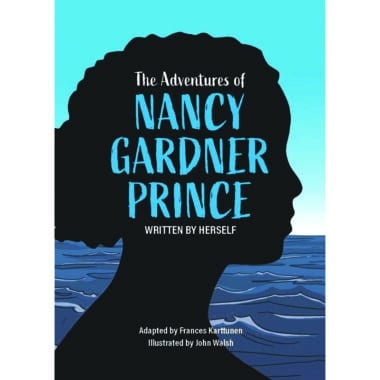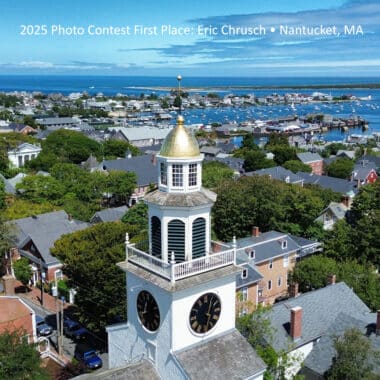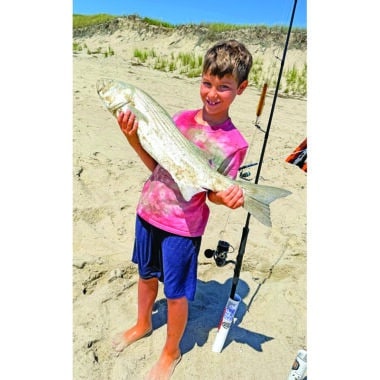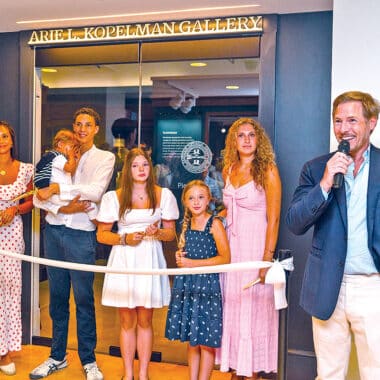“I don’t belong to anyone. I am the daughter of Thomas Gardner of Nantucket.”— Nancy Gardner Prince In 1850, Nancy Gardener Prince, a Black Nantucket descendant who traveled the world in the 1800s, self-published her life story, which proved so popular that it went through three editions. The autobiography explores […]
Recent Posts
The Winners Are…
Staff of Yesterday’s Island/Today’s Nantucket and of The Insiders Guide to Nantucket: Nantucket.net are delighted to dedicate this issue to the winners of our annual Nantucket Photo Contest and to the many entries we received that deserve honorable mention. This year’s contest drew an impressive field of more than 975 […]
“Sylvia” Is Best in Show at Theatre Workshop of Nantucket
by Sarah Wright Ten years ago playwright A. R. Gurney told an interviewer his favorite line from his play Sylvia was “Read the Odyssey some time.” Part of Sylvia’s monologue in the second act, when the dog-woman fears being sent to the suburbs, it is a memorable line. The Greek mythology reference […]
Island Drought Calls for Water Conservation + Update
Summer on Nantucket is coming to an end. Usually at this time of year I try to hold on to summer. Phenologically, September is still part of the growing season, and it’s peak time for many of our wildflowers. That’s what I usually say. This year, however, is a bit different. We’re starting to see fall colors in August (!), plants going dormant earlier than usual, and some things withering before our eyes—more typical late fall activity.
Well Done Nantucket Anglers!
Steve “Tuna” Tornovish It’s hard to be successful from a standing start (no, this is not a poke at our beloved Bill Belichick after his North Carolina Tar Heels took a horrendous loss to TCU on national television) but the August Blues fishing tournament certainly has done it. In only […]
Old-Fashioned Fun at the Nantucket Fair
As summer draws to a close and autumn begins to paint our island landscape, one September tradition marks the changing of the seasons: the Nantucket Island Fair. This community gathering brings together residents and visitors for a weekend of old-fashioned entertainment, local flavor, and island camaraderie. The fair is being […]
Fishing After the Storm
Hurricanes make for wonderful metaphors but lousy forecasts. Hurricane Erin came a’ creeping up the east coast and ruined a lot of late August plans. Number one on my list was the Derby Day fishing event, wisely cancelled out of an abundance of caution. High winds, rip currants, and huge ocean swells are not conducive to a great family beach day. On the bright side, some of the surfing pictures and videos that came from the southern shores of Nantucket are flatout amazing. The good with the bad, right?
Arie L. Kopelman Honored by NHA
The Nantucket Historical Association is proud to honor Arie L. Kopelman with the official naming of the Whaling Museum’s Scrimshaw and Decorative Arts Gallery, Arie L. Kopelman Gallery, in his honor. Kopelman’s passion for decorative arts and Nantucket history, as well as his tremendous support of the Nantucket Historical Association […]










